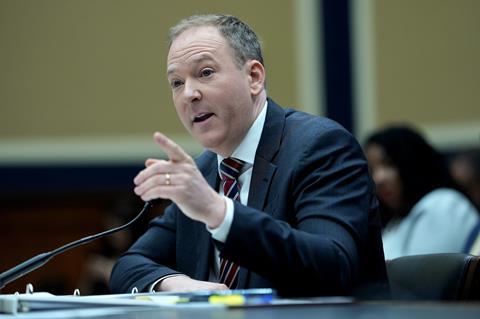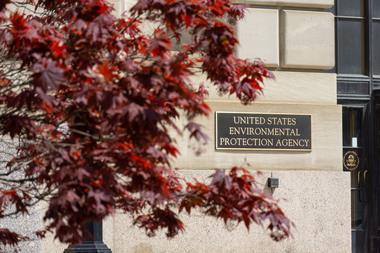The US Environmental Protection Agency (EPA) is officially shuttering its Office of Research and Development (ORD), which has served for decades as the agency’s scientific research arm. Many observers caution that the move will weaken the EPA’s ability to carry out its mission of protecting the environment and public health.
Until now, the ORD’s studies have informed the agency’s decision-making on policies and regulations in areas including harmful chemicals in the air, soil, and water. ORD evaluates industry claims and technologies, and its research provides local communities and state governments with independent assessments and scientific briefings. In addition, ORD funds many of the EPA’s external research grants awarded to academic researchers.
Back in March, there was wide condemnation of a leaked plan to dismantle ORD. Now, the EPA has announced a ‘reduction in force’ specifically impacting ORD that will eliminate employee positions. The agency estimates that such ‘organisational improvements’ will result in savings of nearly $750 million (£556 million).

In its justification for the move, the EPA claims that its recent efforts have extensively enhanced ‘the scientific expertise and research efforts within its programme offices’, including the addition of agency laboratory functions and ‘hundreds of scientific, technical, bioinformatic, and information technology experts’. The agency also said it will create a new Office of Applied Science and Environmental Solutions to help it prioritise research and science ‘more than ever before’ and ‘put it at the forefront of rulemakings and technical assistance’ to states.
‘Under President Trump’s leadership, EPA has taken a close look at our operations to ensure the agency is better equipped than ever to deliver on our core mission of protecting human health and the environment while powering the great American comeback,’ stated EPA administrator Lee Zeldin. ‘This reduction in force will ensure we can better fulfil that mission while being responsible stewards of your hard-earned tax dollars.’
But Paul Anastas, a chemist at Yale University who headed the ORD from 2009 to 2012 and served as the agency’s science adviser, is very concerned. ‘The US EPA’s Office of Research and Development has always been regarded as the world’s gold standard for environmental science. Its destruction is a tragedy,’ he tells Chemistry World. ‘To save 0.01% of the federal budget at the expense of preserving, protecting, and defending human health and the environment is unjustifiable and inexplicable.’
Asked whether the forthcoming Office of Applied Science and Environmental Solutions can assume the responsibilities and activities of ORD, Anastas says: ‘Absolutely not.’
‘You can’t do research without research infrastructure,’ he adds. ‘You can’t do science if you fire your scientists. You can’t find contamination that you’re no longer looking for. You can’t produce solutions if you don’t understand the problems.’
Workforce cuts
The EPA also announced that its total staffing will decrease by roughly 23%, falling from more than 16,150 employees in January this year to less than 12,450, following a combination of voluntary retirements, redundancies and cuts to the workforce.
‘We have seen federal agencies reduce scientific staff or close science divisions as part of a broader trend, especially in environmental and climate areas,’ says Rebecca Aicher, project director at the American Association for the Advancement of Science’s Center for Scientific Evidence in Public Issues.
For decades, Aicher notes, ORD has provided technical tools and scientific expertise to local, state, and federal policymakers, most recently to address per- and polyfluorinated alkyl substances in the environment. ‘This restructuring puts into question how the EPA will deliver the same unbiased, comprehensive scientific research and analysis to meet the needs of local, state, and tribal governments aiming to protect their constituents’ public health,’ she adds.
The move to close the ORD was also criticised by Christine Todd Whitman, who led the EPA from 2001 to 2003 under former president George W Bush. ‘With every one of these moves, this administration endangers the health of the people of this country, as well as the land we love and treasure,’ she tells Chemistry World.

















No comments yet